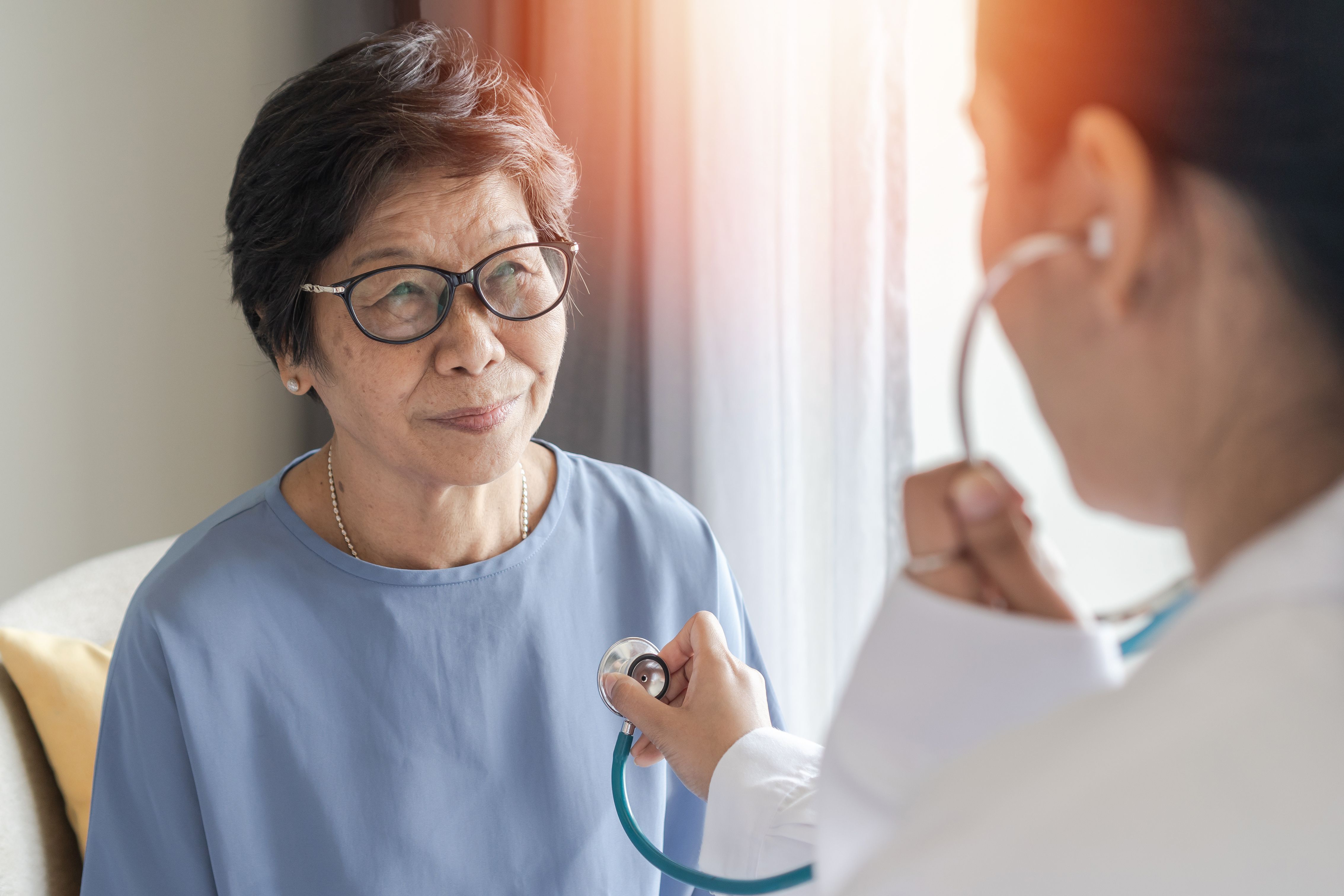Article
Adapting to Virtual Care at a Large Cancer Clinic During COVID-19
Author(s):
Quick policy changes and the necessity to alter care delivery amid a global health crisis helped larger facilities adapt to the new realities of COVID-19.
Adjusting to COVID-19 has not been easy for anyone, and that is especially true for cancer care practitioners, who adapted quickly to keep patients safe with measures including social distancing and integrating telehealth. Smaller, community-based practices are typically able to pivot quickly, and it paid off as services like virtual visits were implemented in just days at some centers.
Larger cancer centers with more staff and patients, on the other hand, historically have been slower to adapt to change. But quick policy changes and the necessity to alter care delivery amid a global health crisis helped larger facilities maintain continuity of care while keeping staff and patients safe, said Georgina Rodgers, BSN, RN, OCN, NE-BC, director of Clinical Cancer Services at the Cleveland Clinic Taussig Cancer Institute, during a presentation at the Association of Community Cancer Centers 47th annual Meeting and Cancer Center Business Summit. Teri U. Guidi, MBA, FAAMA, chief executive officer of strategy and innovation at Adaptis Oncology Consultants, also contributed to the presentation.
Rodgers provided insights into how the Cleveland Clinic Taussig Cancer Institute, which has a staff of more than 160 physicians and provided care to more than 300,000 patients in 2019, adapted to the new realities of COVID-19.
Shifting to Telehealth
Telehealth is not a new option for health care providers and patients, but the pandemic saw a boom in the implementation of it. Prior to the necessity of remote visits, Rodgers said, physicians were slower to accept telehealth as an option.
“While it's can't fully replace a hands-on assessment, telehealth can assist us with continuity of care, provide effective evaluation and management of patients,” Rodgers said. ”We really did find that it was an optimal way of preserving the patient-provider relationship, communication, and a way to ease the patient and caregiver’s anxiety as they move through their cancer journey.”
At Taussig Cancer Institute, they utilized telehealth to maintain continuous engagement with patients, including symptom management, education, social work, psychosocial care, and genetic counseling visits. It was also cost-effective for patients and expanded access to care, especially for those in rural areas who otherwise would spend a significant amount of time and money to get to appointments.
The boom in telehealth coincided with CMS waivers put into place as part of COVID-19 provisions in the CARES Act. “Those policies helped our providers—especially with a barrier in interstate licensure and regulatory issues, it really helped them to be able to connect with patients,” Rodgers said.
Despite the benefits of telehealth, she noted some limitations of virtual visits. It is certainly less hands-on than a physical exam, and certain subjects may be uncomfortable for patients to discuss depending on their surroundings, she said. And some do not have access to adequate technology.
At a large center, undertaking such changes can be logistically difficult, so collaboration was key, Rodgers explained.
“One of the great advantages was that we had a team of teams that were pulling together guidance on how to implement telehealth,” Rodgers said. “They put together special guidelines and they created an intranet website for all of our care providers so that they would have one-stop shopping for all things telehealth.” This made utilizing audio and video visits easier to implement on a large scale.
Care Coordination
Care coordination has been a pillar of patent management throughout the pandemic and even beforehand, Rodgers said. As an Oncology Care Model (OCM) participant, Taussig Cancer Institute already had an infrastructure of care coordination guidance before COVID-19. They utilize standardized documentation templates and have developed guidance to help care coordinators understand key actions from the start of a new patient visit all the way through to survivorship.
All of the RN care coordinators also receive a weekly report identifying first-time patients, allowing them to reach out and provide first-time treatment education. Within 7 days of initial treatment, the guidance calls for a targeted follow-up to identify any early issues that patients may be experiencing with treatment. Other items included in care coordination are reports when any patient that has been hospitalized and targeted follow-ups within 2 days once they have been discharged.
“As we moved through our care coordination workflows, we did look at some continuous improvement projects, trying to make sure that we maintain adequate communication,” Rodgers said. “And because we were anticipating a potential issue with staffing on our end, we worked on clinical pools where incoming phone calls and inquiries from patients could be taken care of by a group of specialty care coordinators as opposed to individual care coordinators.”
Staffing Precautions and Potential Challenges
Social distancing in clinical areas did pose challenges for staff from a communication standpoint, including staff-to-staff and patient-to-staff communication. Frequent, planned huddle meetings were used to mitigate those challenges.
Although they did not face staffing shortages, the Taussig staff took a skills inventory to determine how each staff member could contribute should there be a need for it. Overall, the pandemic did highlight the importance of teamwork in a setting with social distancing.
The last potential challenge Rodgers noted is the necessity of investing in cameras and audio equipment for care coordinators so they could provide service to patients with good quality audio and visuals. In the end, despite initial resistance, telehealth became a preferred option when possible.





